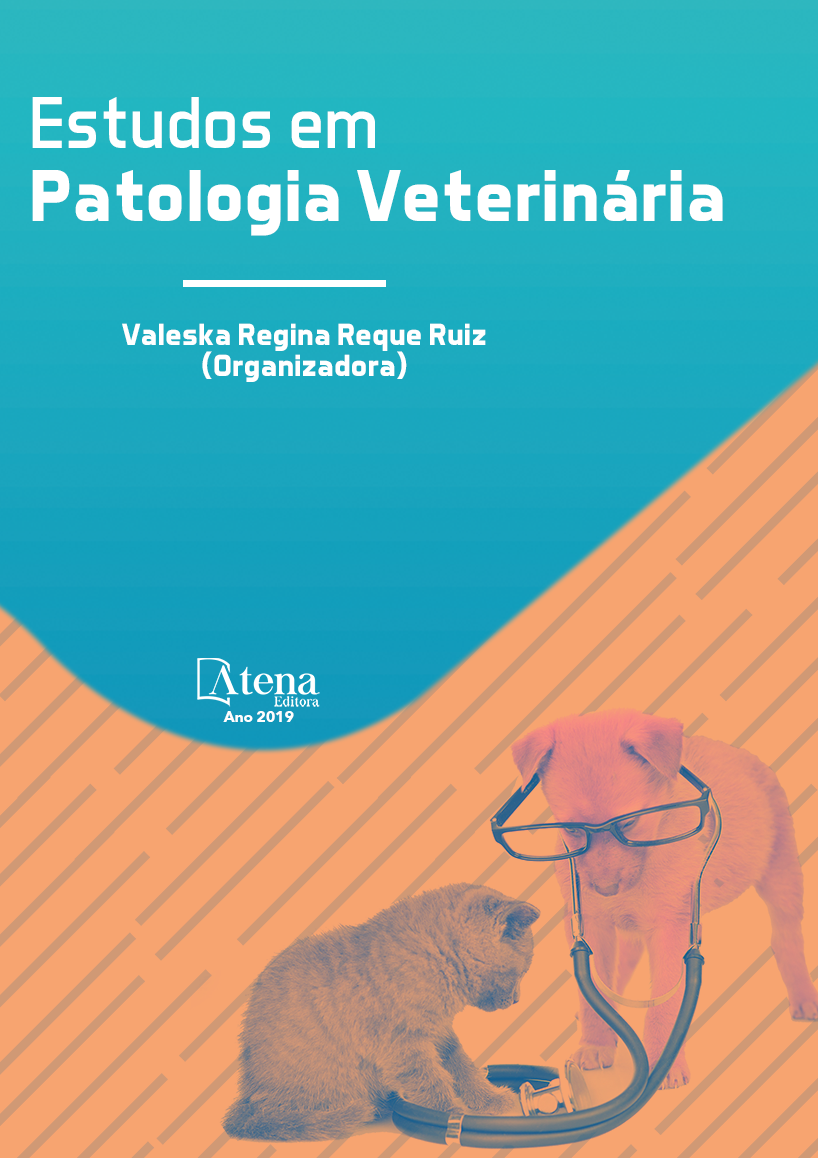
PERCEPÇÃO DOS ESTUDANTES DE MEDICINA VETERINÁRIA DA UNIVERSIDADE FEDERAL DO PARÁ FRENTE ÀS METODOLOGIAS ATIVAS
O Conselho Federal de Medicina
Veterinária (CFMV) instituiu em 2016 um
projeto relacionado à estratégias de ensinoaprendizagem
para discentes da graduação,
com o intuito de promover a aquisição de
habilidades humanísticas e estimular a
utilização de metodologias ativas. Objetiva-se
relatar a percepção dos estudantes de medicina
veterinária da Universidade Federal do Pará –
UFPA, na execução das metodologias ativas
como estratégias de ensino-aprendizagem.
O presente artigo é oriundo de uma seção
(percepção frente as metodologias ativas)
integrante de entrevistas dialogadas com
questões semiestruturados realizadas no
interior da UFPA- campus Castanhal, em julho
de 2018, abrangendo 25% dos graduandos em
medicina veterinária. Em relação aos impactos
ocasionados pela realização de metodologias
ativas, 82,2% dos entrevistados afirmaram
que as metodologias ativas favoreceram seu
processo de aprendizagem, de modo que
84,4% admitiram que essas contribuíram para
o aprendizado de forma autônoma e 63,8%
alegaram que as metodologias os estimularam
a estudar frequentemente. Com relação a
aquisição de conhecimentos, 86,6% dos
estudantes reconheceram que as estratégias de
ensino-aprendizagem auxiliaram na obtenção
de habilidades práticas e 91,1% dos estudantes
afirmaram que contribuíram para a consecução
de habilidades teóricas. Visto que 84% dos
entrevistados declararam que o método mais
eficiente no seu processo de aprendizagem é
a associação das metodologias ativas com as
metodologias tradicionais. Entretanto, 63,4%
Estudos em Patologia Veterinária Capítulo 2 8
alegaram que as metodologias são poucas utilizadas. A utilização de metodologias
ativas viabilizou a aquisição de conhecimentos humanísticos, teóricos e práticos,
apresentando-se, imprescindível no ensino da medicina veterinária. Conclui-se que
as metodologias ativas, quando bem utilizadas, enriquecem o processo de ensinoaprendizagem.
PERCEPÇÃO DOS ESTUDANTES DE MEDICINA VETERINÁRIA DA UNIVERSIDADE FEDERAL DO PARÁ FRENTE ÀS METODOLOGIAS ATIVAS
-
DOI: 10.22533/at.ed.3101914082
-
Palavras-chave: Medicina veterinária, Ensino aprendizagem, Compreensão.
-
Keywords: Veterinary medicine, Teaching learning, Understanding.
-
Abstract:
The Federal Council of Veterinary Medicine (CFMV) has instituted a
project related to teaching-learning strategies for undergraduate students, with the
aim of promoting the acquisition of humanistic skills and stipulating the use of active
methodologies. The objective of this study was to report the perception of veterinary
medicine students at the Federal University of Pará - UFPA, in the implementation of
active methodologies as teaching-learning strategies. The present article comes from a
section (perception regarding active methodologies) of interviews with semi-structured
questionnaires carried out inside the UFPA-campus Castanhal, in July 2018, covering
25% of undergraduate students in veterinary medicine. Regarding the impacts caused
by active methodologies, 82.2% of respondents stated that active methodologies
favored their learning process, so that 84.4% admitted that they contributed to learning
autonomously and 63.8% % claimed that the methodologies encouraged them to
study frequently. With regard to the acquisition of knowledge, 86.6% of the students
recognized that teaching-learning strategies helped to obtain practical skills and 91.1%
of students affirmed that they contributed to the achievement of theoretical skills. As
84% of respondents stated that the most efficient method in their learning process
is the association of active methodologies with traditional methodologies. However,
63.4% argued that methodologies are few. The use of active methodologies enabled
the acquisition of humanistic, theoretical and practical knowledge, being essential in
the teaching of veterinary medicine. We conclude that the active methodologies, when
well used, enrich the teaching-learning process.
-
Número de páginas: 15
- SUZANA MOURÃO GOMES
- STEFANY BENTES SANTOS
- ANTONIO DANILO BENTES MENINEA
- PATRICIA RIBEIRO MAIA
- EULA REGINA LIMA NASCIMENTO
- LUIZETE CORDOVIL FERREIRA DA SILVA
- Patrícia Ribeiro Maia


